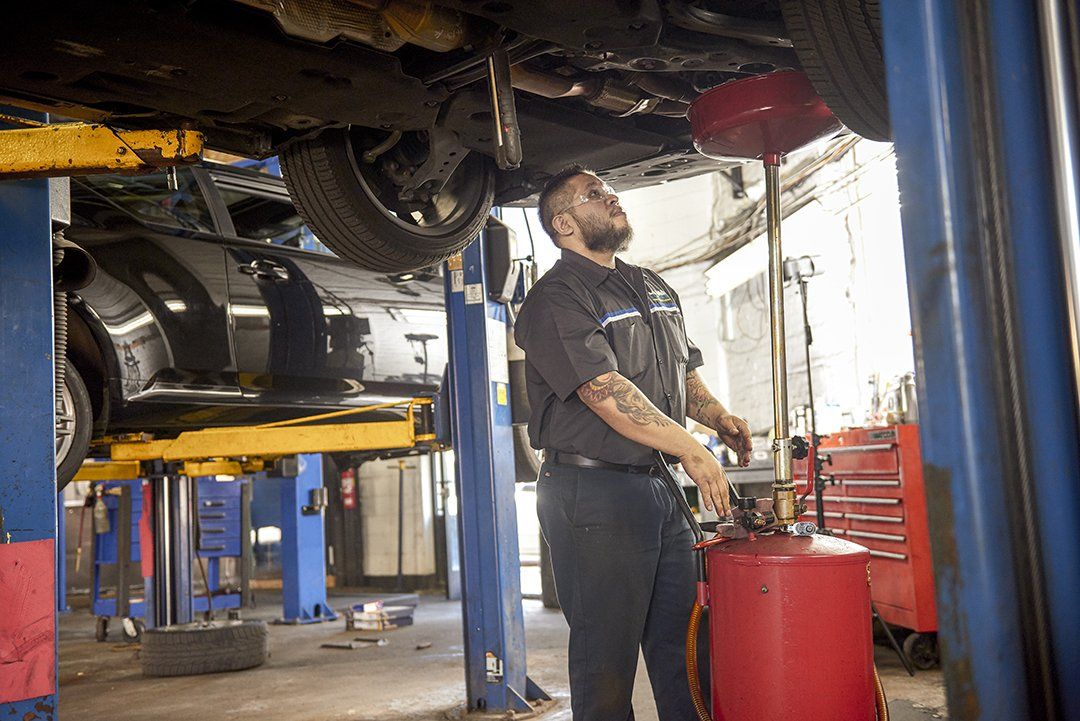Modern automobiles typically come outfitted with either 4x4 (4WD) or Four-wheel Drive (AWD) systems, both created to improve grip and control. While they serve similar functions, their applications and performances differ.
4WD systems, generally discovered in trucks and SUVs, are engineered for off-road conditions and hefty towing. They enable motorists to switch in between two-wheel drive (2WD) and 4WD modes, supplying versatility based on surface and driving needs. This versatility makes certain optimum efficiency whether navigating city roads or sturdy routes. Nevertheless, the included components in 4WD systems can result in enhanced maintenance demands and potential for fixings.

AWD systems, on the other hand, are usually discovered in sedans, terminal wagons, and cars. These systems automatically disperse power to all 4 wheels, improving traction in different driving problems without vehicle driver treatment. While AWD uses enhanced handling and stability, particularly in adverse climate, it likewise introduces additional mechanical complexity, which might require a lot more regular upkeep.
Normal evaluations and maintenance are important for both systems to ensure long life and integrity. Parts such as differentials, transfer cases, and hubs ought to be regularly examined by certified experts. Appropriate upkeep not only stops pricey repair services yet additionally makes certain that your vehicle does efficiently, regardless of the driving problems.

Check for more info at Logan Square Auto Repair - Four-Wheel-Drive System Service & Repair Facebook Youtube Instagram
Latest Posts
Exploring the Range and Charging Capacities of Nissan's Electric Autos at Modern Nissan of Hickory
At Friendly Lincoln, Drive Off with Massive Savings
Comprehensive Vehicle Services at Willis Chevrolet
Navigation
Latest Posts
Exploring the Range and Charging Capacities of Nissan's Electric Autos at Modern Nissan of Hickory
At Friendly Lincoln, Drive Off with Massive Savings
Comprehensive Vehicle Services at Willis Chevrolet